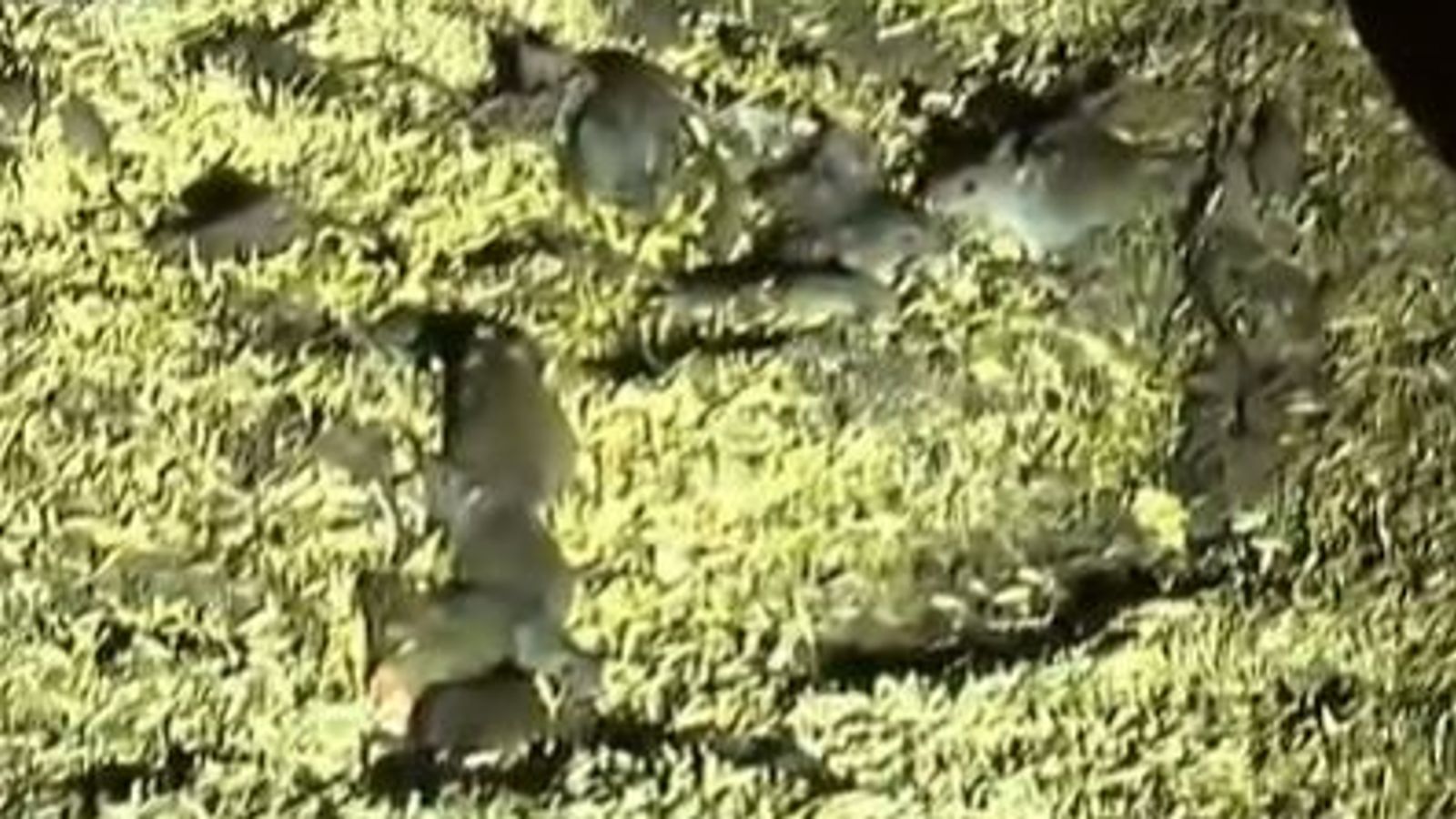Most of the animal species found on the planet are insects, and insects have a decent claim to being the most successful land animals. Nevertheless, the sea remains almost completely closed to them.
More fascinating facts about insects
Water striders of the genus Halobates are the only true marine insects, although several hundred other species live in salty coastal environments. So why aren’t there more insects in the sea?
Why are there so few insects in the sea?
One theory suggests there are so few fish on land for the same reason — the habitat is already teeming with their relatives. Recent work on the evolutionary history of insects shows that they evolved long ago from a small group of primitive shrimp-like crustaceans, just as terrestrial vertebrates—amphibians, reptiles, mammals, and birds—evolved from a small group of fish.
Crustaceans, from tiny krill and water fleas to giant crabs and lobsters, swarm wherever there is water. Although some crustaceans routinely live on land (such as woodlice and land crabs), the earth’s surface and air are dominated by insects. Crustaceans’ external gills have been replaced by insects’ internal breathing tubes, and some of the many appendages crustaceans carry about on their multi-branched legs may have evolved into the wings of modern flying insects.
Since insects almost certainly evolved on land, many of their adaptations – from reproduction to the physiology of eating and breathing – are tailored to a terrestrial existence. Even those insects that spend most of their lives in freshwater cannot stray too far from land.









